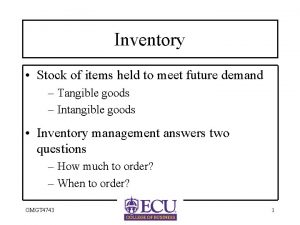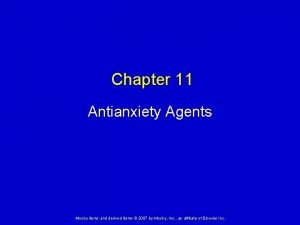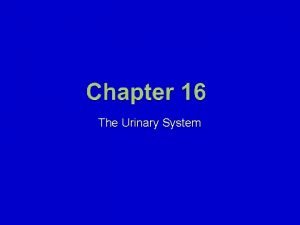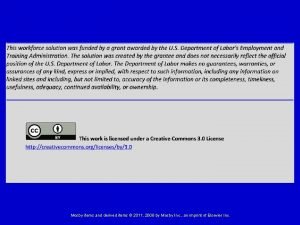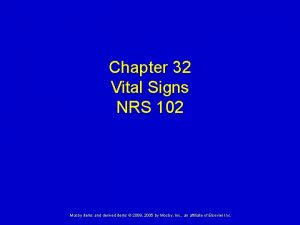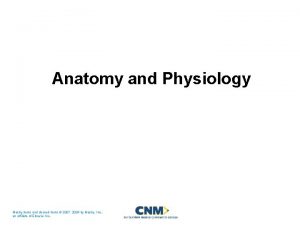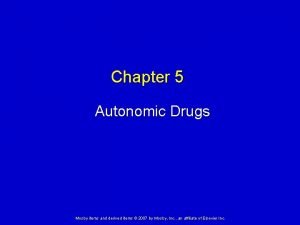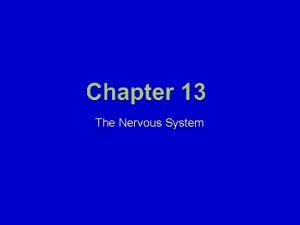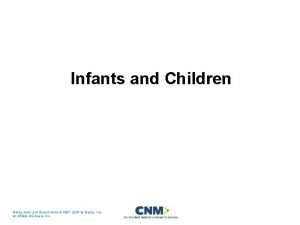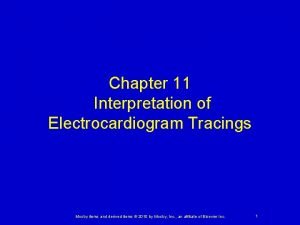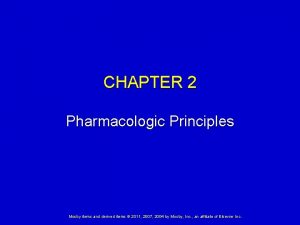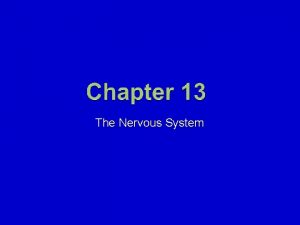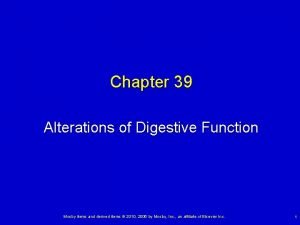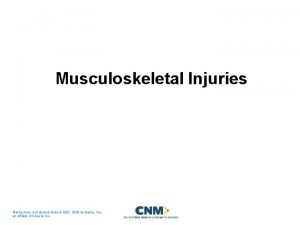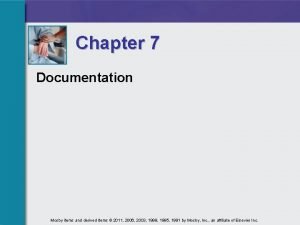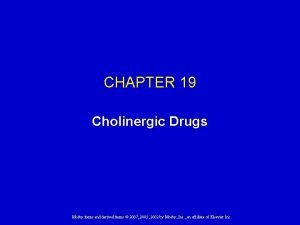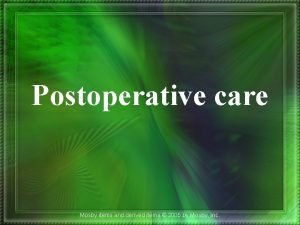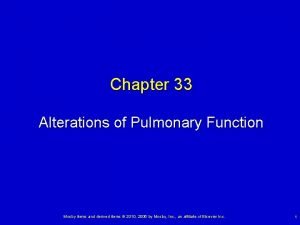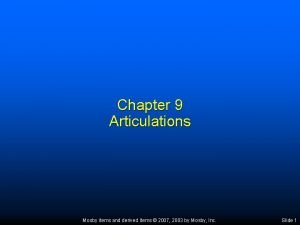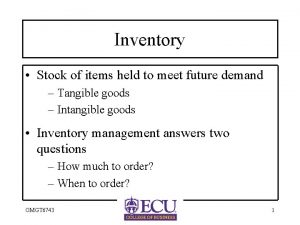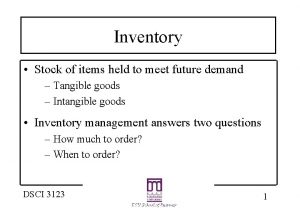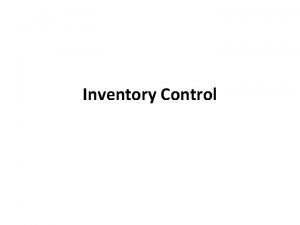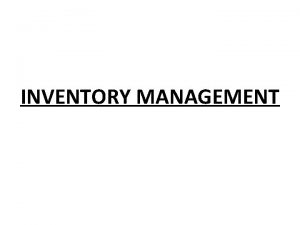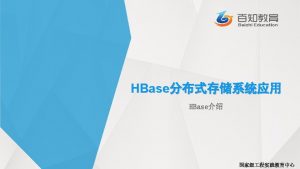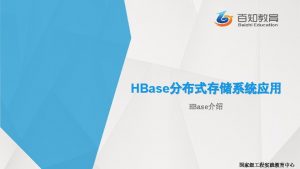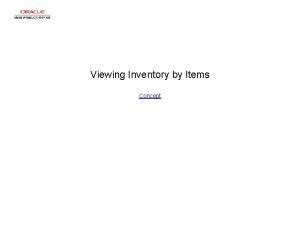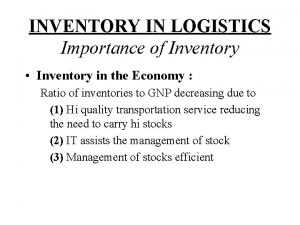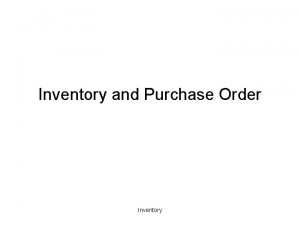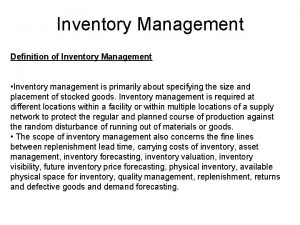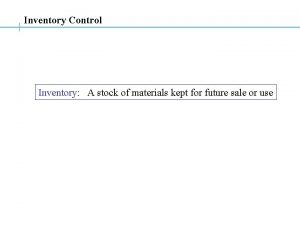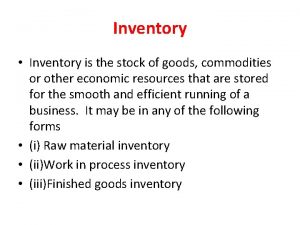Inventory Stock of items held to meet future

























- Slides: 25

Inventory • Stock of items held to meet future demand – Tangible goods – Intangible goods • Inventory management answers two questions – How much to order? – When to order? OMGT 4743 1

Types of Inventory • • Raw materials Purchased parts and supplies Labor In-process (partially completed) products Component parts Working capital Tools, machinery, and equipment Finished goods OMGT 4743 2

Reasons To Hold Inventory • • • Meet unexpected demand Smooth seasonal or cyclical demand Meet variations in customer demand Take advantage of price discounts Hedge against price increases Quantity discounts OMGT 4743 3

Two Forms Of Demand • Dependent – items used to produce final products • Independent – items demanded by external customers OMGT 4743 4

Inventory Costs • Carrying Cost – cost of holding an item in inventory • Ordering Cost – cost of replenishing inventory • Shortage Cost – temporary or permanent loss of sales when demand cannot be met OMGT 4743 5

Inventory Control Systems • Fixed-order-quantity system (Continuous) – constant amount ordered when inventory declines to predetermined level • Fixed-time-period system (Periodic) – order placed for variable amount after fixed passage of time OMGT 4743 6

Assumptions Of Basic EOQ Model • Demand is known with certainty • Demand is relatively constant over time • No shortages are allowed • Lead time for the receipt of orders is constant • The order quantity is received all at once OMGT 4743 7

The Inventory Order Cycle Inventory Level Order qty, Q Demand rate Reorder point, R 0 Lead time Order Placed OMGT 4743 Order Received Lead time Order Placed Time Order Received 8

EOQ Cost Model CO - cost of placing order CC - annual per-unit carrying cost D - annual demand Q - order quantity Annual ordering cost = Annual carrying cost = Total cost = OMGT 4743 + 9

EOQ Model OMGT 4743 10

Total Cost at Q* OMGT 4743 11

EOQ Model Cost Curves Annual cost ($) Slope = 0 Total Cost Minimum total cost Carrying Cost = Cc. Q/2 Ordering Cost = Co. D/Q Optimal order Qopt OMGT 4743 Order Quantity, Q 12

EOQ Example CC = $0. 75 per yard CO = $150 D = 10, 000 yards Find EOQ, TC at Q*, # of order/year, and cycle time NOTE: store days = 311 OMGT 4743 13

EOQ Example OMGT 4743 14

Orders per/yr and Cycle Time OMGT 4743 15

EOQ With Noninstantaneous Receipt Inventory level Q(1 -d/p) Q (1 -d/p) 2 0 Order receipt period OMGT 4743 Maximum inventory level Begin Order Average inventory level receipt End Order Time receipt 16

EOQ With Noninstantaneous Receipt p = production rate d = demand rate OMGT 4743 17

EOQ With Noninstantaneous Receipt OMGT 4743 18

Production Quantity Example CC = $0. 75 per yard CO = $150 D = 10, 000 yards d = 10, 000/311 = 32. 2 yards per day p = 150 yards per day OMGT 4743 19

Optimum Q - Q* OMGT 4743 20

Total Cost OMGT 4743 21

Production Run and Max Inv. Levels Production run = Q/p = 2, 256. 8/150 = 15. 05 yards Number of production runs OMGT 4743 = D/Q = 10, 000/2, 256. 8 = 4. 43 22

Safety Stocks • Safety stock – buffer added to on hand inventory during lead time • Stockout – an inventory shortage • Service level – probability that the inventory available during lead time will meet demand OMGT 4743 23

Inputs and Outputs to Aggregate Production Planning Capacity Constraints Demand Forecasts Size of Workforce OMGT 4743 Strategic Objectives Aggregate Production Planning Production per month (in units or $) Inventory Levels Company Policies Financial Constraints Units or dollars subcontracted, backordered, or lost 24

Hierarchical Planning Process Items Product lines or families Production Planning Capacity Planning Resource level Aggregate Production Plan Resource Requirements Plan Individual products Master Production Schedule Rough-Cut Capacity Plan Components Material Requirements Plan Capacity Requirements Plan All work centers Shop Floor Schedule Input/Output Control Individual machines Manufacturing operations OMGT 4743 Plants Critical work centers 25
 Sample letter of inventory report
Sample letter of inventory report Mosby items and derived items
Mosby items and derived items Mosby items and derived items
Mosby items and derived items Mosby items and derived items
Mosby items and derived items Mosby items and derived items
Mosby items and derived items Mosby items and derived items
Mosby items and derived items Mosby items and derived items
Mosby items and derived items Mosby items and derived items
Mosby items and derived items Mosby items and derived items
Mosby items and derived items Autonomic drugs
Autonomic drugs Mosby
Mosby Mosby items and derived items
Mosby items and derived items Mosby items and derived items
Mosby items and derived items Mosby items and derived items
Mosby items and derived items Mosby items and derived items
Mosby items and derived items Mosby items and derived items
Mosby items and derived items Mosby items and derived items
Mosby items and derived items Mosby items and derived items
Mosby items and derived items Acuity charting forms
Acuity charting forms Mosby items and derived items
Mosby items and derived items Mosby items and derived items
Mosby items and derived items Mosby items and derived items
Mosby items and derived items Mosby items and derived items
Mosby items and derived items Mosby items and derived items
Mosby items and derived items Absorptive atelectasis
Absorptive atelectasis Mosby items and derived items
Mosby items and derived items
